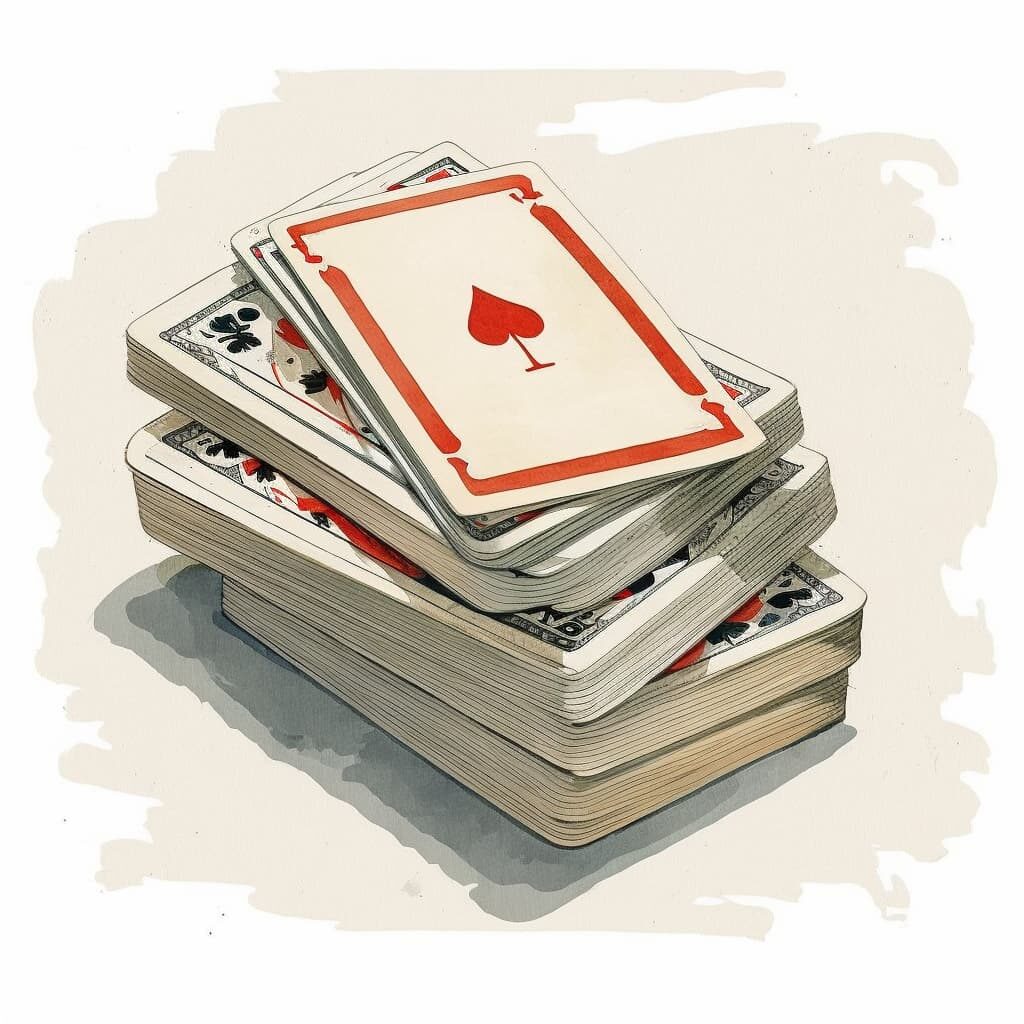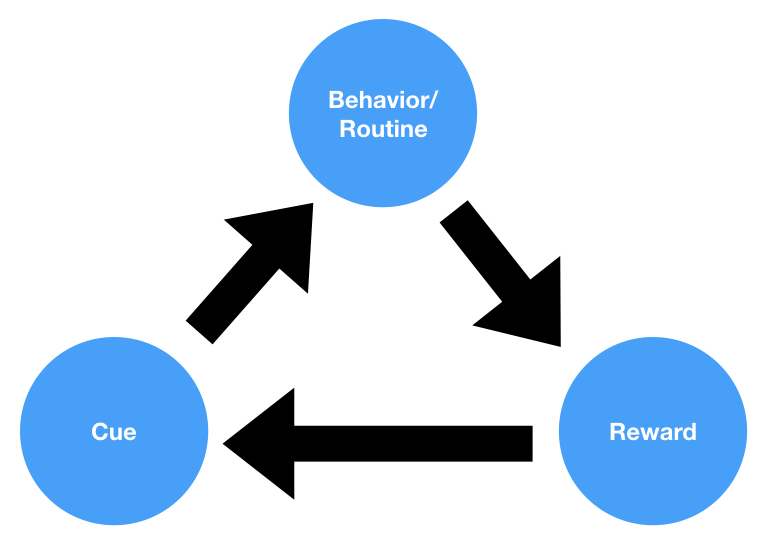What is the card sorting method in UX design?
UX (User Experience) card sorting is a research technique used to understand how users group and categorize information or content. It involves asking participants to sort a set of cards or items into groups that make sense to them, and then analyzing the results to identify patterns and insights about how users organize information.
There are two types of card sorting: open and closed. In an open card sorting, participants group the cards into categories they create themselves, while in a closed card sorting, participants group the cards into pre-defined categories.
Card sorting can be conducted in-person or remotely using online tools. It can be useful for a variety of UX research activities, such as designing information architecture, organizing content, and improving navigation and search functionalities.
The results of a card sorting study can help UX designers understand how users think about and organize information, which can inform the design of more user-friendly and intuitive interfaces.





